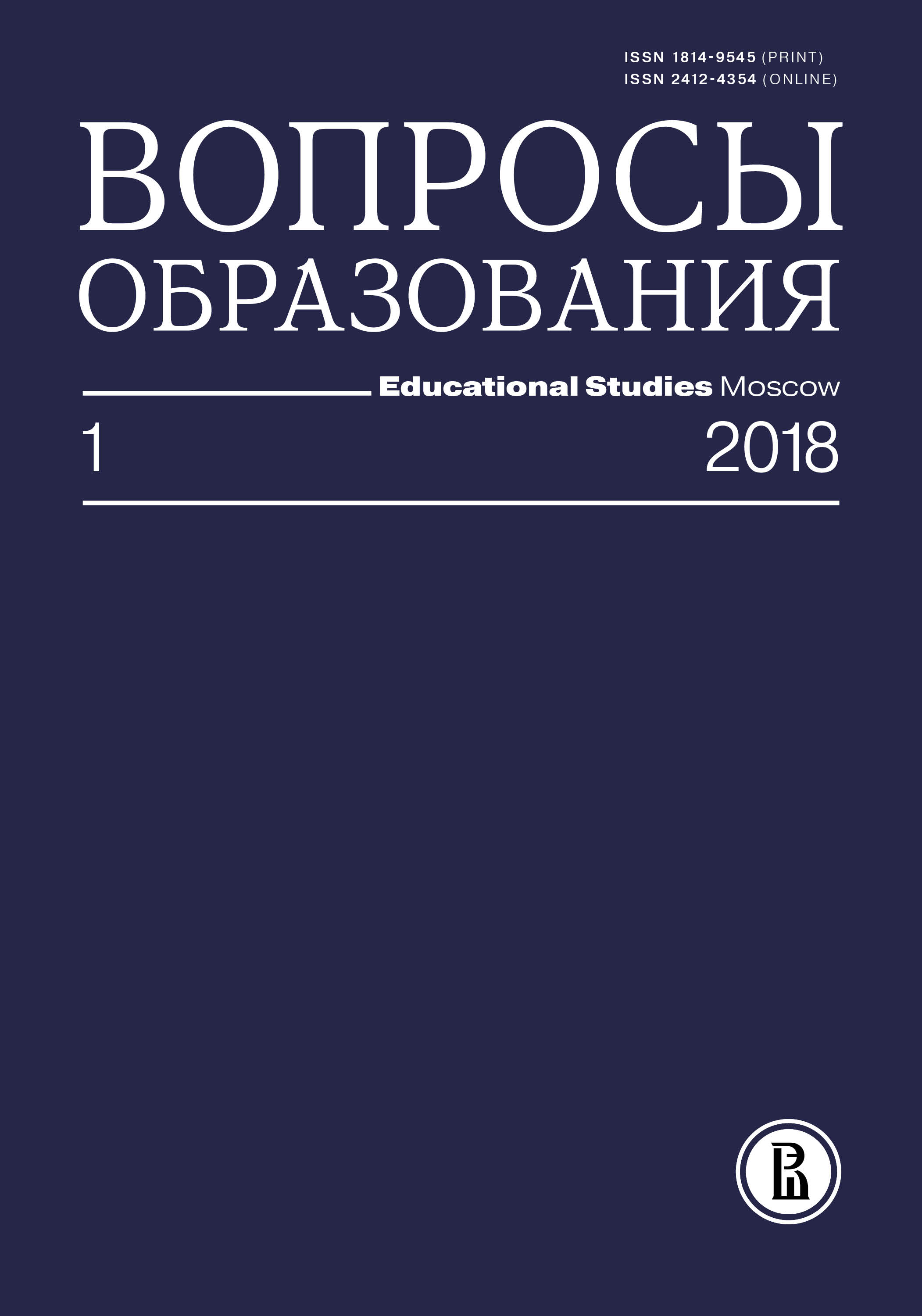Сельская школа: между Сциллой безотрывности и Харибдой избыточности
Аннотация
В статье в исторической ретроспективе рассматривается один из ключевых конфликтов в развитии сельского образования, который заключается в том, что распространение образования в сельской среде сопровождается отторжением молодежью сельского труда и ростом в ее среде «прогородских» ориентаций и практик. Как в Российской империи конца XIX в., так и в Советском Союзе и постсоветской России предпринимались усилия, направленные на удержание сельского населения по месту его жительства, на обеспечение «безотрывности» сельской молодежи от сельскохозяйственной деятельности (в терминах экспертного дискурса конца XIX в.). В кругах, определяющих образовательную политику в Российской империи, причина отторжения молодежи от сельского труда виделась в избыточности школьного образования относительно реальных потребностей сельского хозяйства. Избыточность, как правило, преодолевалась за счет снижения достигнутого уровня и объемов общего школьного образования в пользу сельскохозяйственного обучения. Отголоски той же политики в иной трактовке характерны и для советского, и для постсоветского периодов. Ключевой конфликт сельского образования не находит конструктивного решения и по сей день. Рассчитывать на преодоление этого противоречия можно лишь в контексте формирующихся новых условий существования сельского универсума (АПК, дистанционное образование).








